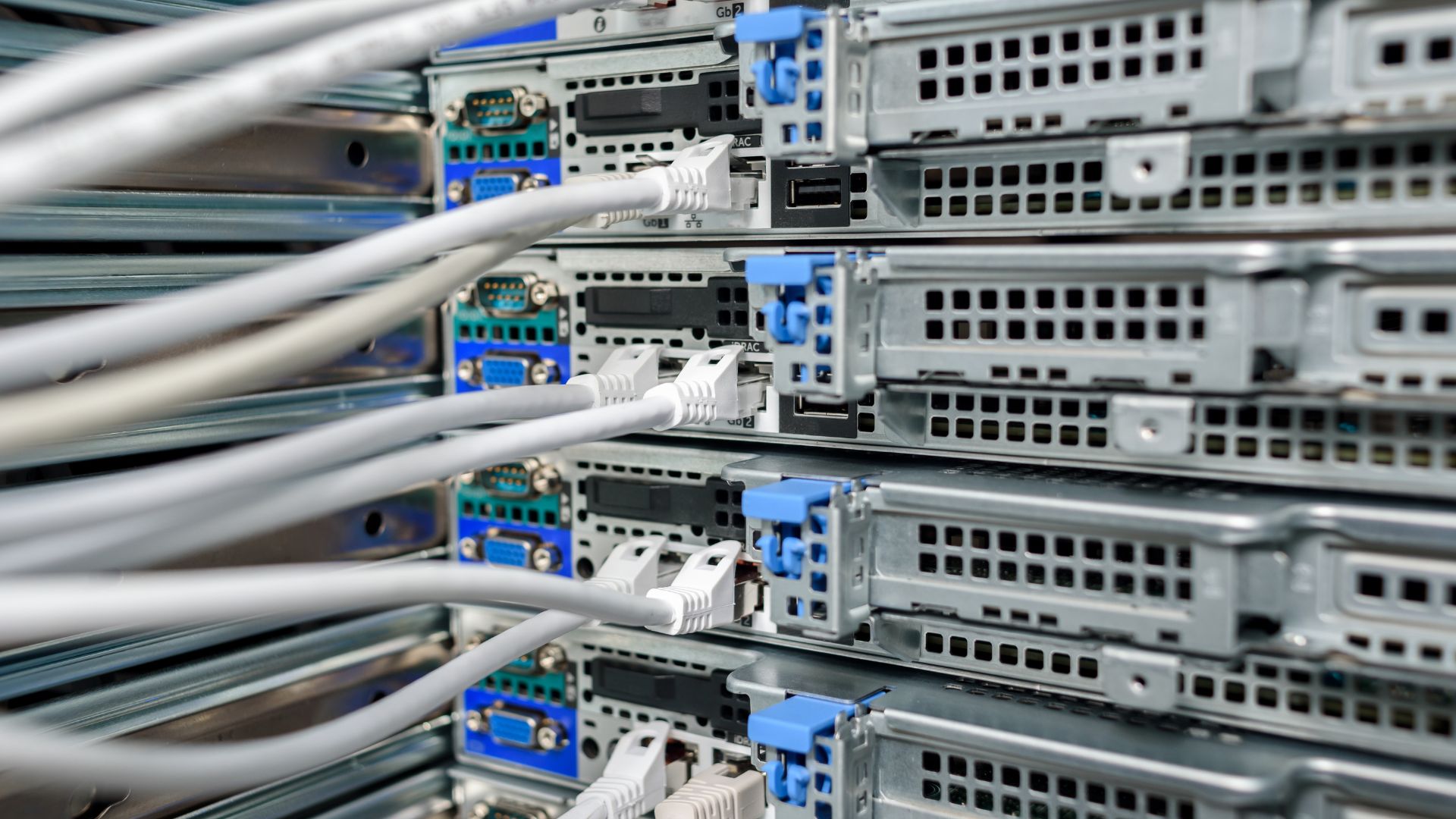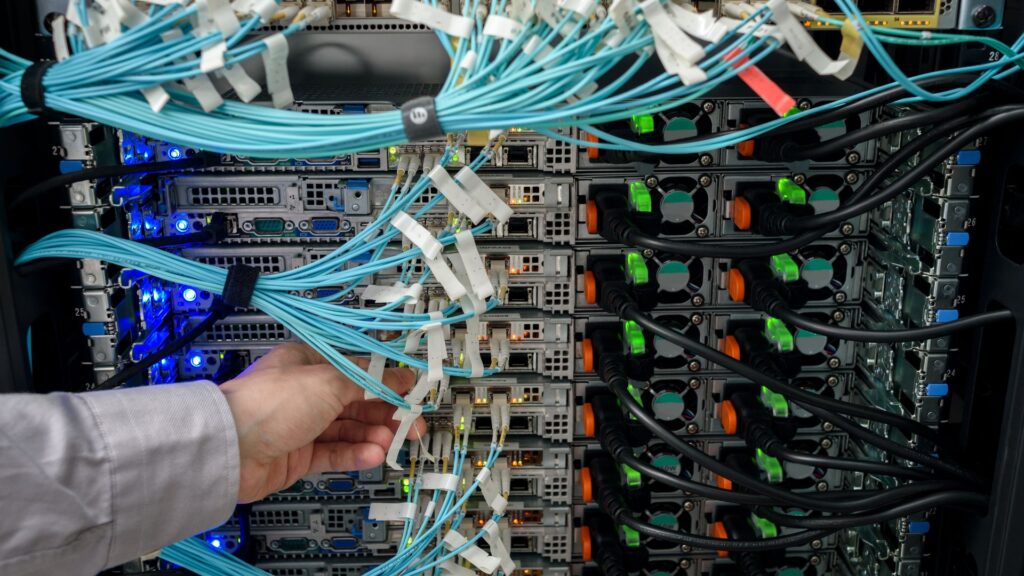
In today’s ever-evolving business landscape, staying competitive and profitable is a perpetual challenge. The foundation of achieving this lies in a well-optimized IT infrastructure. Every part of a company’s operations, from sales and customer service to data management and communication, depends on its information technology systems. This is true regardless of the size or industry of the business.
- Understanding IT Infrastructure
- The Impact of Optimized IT Infrastructure
- Key Components of IT Infrastructure Optimization
- Challenges in IT Infrastructure Optimization
- Best Practices for Optimizing IT Infrastructure
- The Role of Professional Services
- FAQ’s
- What is IT infrastructure optimization, and why is it important for businesses?
- How can I determine if my business’s IT infrastructure needs optimization?
- What are some common challenges businesses face when optimizing their IT infrastructure?
- Is IT infrastructure optimization a one-time effort, or does it require ongoing maintenance?
- How can professional IT services help with IT infrastructure optimization?
Understanding IT Infrastructure

Before we dive into the strategies for optimization, let’s gain a clear understanding of what IT infrastructure encompasses. Your IT infrastructure is the composite of all technology components essential to run your business efficiently. This includes the physical hardware like servers and workstations, software applications, network configurations, and robust security systems. Think of it as the backbone that supports and drives your daily operations.
The Impact of Optimized IT Infrastructure
Now, why should you be concerned about optimizing your IT infrastructure? The answer is in the far-reaching effects it may have on your company. An efficiently optimized IT infrastructure can:
- Reduce Downtime: Minimizing downtime is critical for business continuity. With an optimized infrastructure, you can significantly decrease downtime due to technical issues, ensuring your operations run smoothly.
- Increase Productivity: A well-optimized IT environment means your employees have faster access to resources and applications, translating into increased productivity across the board.
- Enhance Data Security: With cyber threats on the rise, safeguarding your business data is paramount. An optimized infrastructure includes robust security measures that protect your valuable information from breaches.
- Lower Operational Costs: Optimizing your IT infrastructure can lead to cost savings. This can be through reduced energy consumption, fewer hardware replacements, and efficient use of software licenses.
- Improve Customer Experience: By optimizing your IT infrastructure, you may increase customer satisfaction and loyalty by making doing business with your firm easier and more pleasant.
Key Components of IT Infrastructure Optimization
To optimize your IT infrastructure effectively, it’s crucial to address several key components:
- Hardware Optimization: Ensure your servers, workstations, and other hardware components are running at peak performance. Consider technologies like virtualization to make the most of your hardware resources.
- Software Optimization: Regularly update and streamline your software applications. Outdated or inefficient software can hinder overall system performance.
- Network Optimization: Improve data transfer speeds and connectivity within your organization. A well-optimized network ensures smooth data flow, which is essential for efficient operations.
- Security Optimization: Invest in robust cybersecurity measures. This includes firewalls, antivirus software, and employee training to protect against data breaches and cyberattacks.
Challenges in IT Infrastructure Optimization
Optimizing your IT infrastructure is undoubtedly beneficial, but it’s not without its challenges. Here are some common hurdles businesses often face:
- Budget Constraints: Implementing optimization strategies can require a financial investment. Managing the budget while ensuring necessary improvements can be a delicate balance.
- Technological Complexity: The world of IT is ever-evolving and can be complex. Finding the right solutions and implementing them can be challenging without the right expertise.
- Resistance to Change: Employees and stakeholders may resist changes to established IT systems. To get over this resistance, you need good change management.
Best Practices for Optimizing IT Infrastructure
Now that you understand the importance of IT infrastructure optimization, let’s delve into some best practices:
- Assessment: An exhaustive evaluation of your present IT system should be the first step. Determine which areas need the most work and rank them according to how much of an influence they will have on your company.
- Virtualization: Consider virtualization to consolidate servers and maximize hardware utilization. This can lead to significant cost savings.
- Regular Updates: Ensure that all software and firmware are regularly updated to the latest versions. This not only improves security but also introduces new features and performance enhancements.
- Security Measures: Invest in robust cybersecurity measures. Implement firewalls, intrusion detection systems, and employee training programs to create a secure environment.
- Scalability: Plan for scalability. As your business grows, your IT infrastructure should be able to accommodate increased demands without major disruptions.
The Role of Professional Services
When it comes to IT infrastructure optimization, seeking professional services can make a significant difference. Experienced IT consultants bring:

- Expertise: Professionals have the knowledge and experience to assess your current setup, identify areas for improvement, and implement tailored solutions.
- Risk Reduction: They can help mitigate risks associated with changes in your IT environment, ensuring a smooth transition.
- Alignment with Business Goals: Expert services make sure that your optimization objectives are in line with your company’s objectives, giving you a strategic advantage.
Measuring ROI
Now, you might wonder how to measure the return on investment (ROI) of IT infrastructure optimization. Consider factors such as:
- Reduced Downtime: Calculate the cost savings associated with reduced downtime.
- Productivity Gains: Measure the increase in employee productivity and its impact on your bottom line.
- Cost Savings: Calculate the savings in hardware and software maintenance, energy consumption, and other operational costs.
- Customer Satisfaction: Consider the potential increase in customer satisfaction and loyalty due to improved service quality.
Optimizing your IT infrastructure is not just a technical endeavour; it’s a strategic move that can significantly enhance your business profitability. With the right approach, expert guidance, and a commitment to excellence, you can achieve a well-optimized IT infrastructure that supports your business goals and ensures a competitive edge in today’s digital landscape. Don’t wait; start optimizing today. Your profitability depends on it.
FAQ’s
What is IT infrastructure optimization, and why is it important for businesses?
IT infrastructure optimization is the process of improving and streamlining various components of a business’s IT environment, including hardware, software, networks, and security systems. It is crucial for businesses because it can significantly enhance operational efficiency and maximize profitability. An optimized IT infrastructure reduces downtime, increases productivity, enhances data security, and lowers operational costs, ultimately contributing to improved customer experiences and business success.
How can I determine if my business’s IT infrastructure needs optimization?
There are several indicators that suggest your IT infrastructure may need optimization. These include frequent system downtime, slow application performance, security breaches or concerns, rising IT maintenance costs, and challenges in scaling your IT resources to accommodate growth. Conducting an IT infrastructure assessment can provide valuable insights into the areas that require optimization.
What are some common challenges businesses face when optimizing their IT infrastructure?
Common challenges in IT infrastructure optimization include budget constraints, as implementing improvements may require an investment. Additionally, the technological complexity of IT systems can be challenging to navigate.Another potential source of trouble is stakeholder and employee resistance to change. A well-thought-out plan, professional assistance, and persistence will help you triumph over these obstacles.
Is IT infrastructure optimization a one-time effort, or does it require ongoing maintenance?
IT infrastructure optimization is not a one-time effort; it requires ongoing maintenance and management. Technology evolves, and business needs change, so regular updates, security enhancements, and scalability planning are essential. Establishing a routine for monitoring and maintaining your IT infrastructure ensures that it continues to support your business efficiently and effectively.
How can professional IT services help with IT infrastructure optimization?
When it comes to optimizing IT infrastructure, professional IT services offer knowledge, experience, and efficiency. By analyzing your present setup, they can pinpoint problem areas and provide individualized solutions that help you achieve your business objectives. Additionally, they can help mitigate risks associated with changes, ensure a smooth transition, and provide ongoing support and maintenance to keep your IT infrastructure in optimal condition.
